The Jews in the Byzantine empire: A contrast to their fate in Western Europe
The Byzantine Empire, as the eastern continuation of the Roman Empire, offered a unique environment for Jewish communities that starkly contrasted with the experiences of Jews in Western Europe during the same period. While anti-Jewish sentiment existed in Byzantium, Jewish life and integration in the empire were significantly different from the violence, persecution, and expulsions that characterized Jewish-Christian relations in medieval Western Europe. The Byzantine approach combined a complex mix of tolerance, restriction, and pragmatic coexistence, shaped by theological, political, and economic factors. In this post, we explore the multifaceted nature of Jewish life in the Byzantine Empire and its implications for interfaith relations.
Alexander the Great, clad as a Byzantine emperor, receives a delegation of Jewish rabbis. Miniature from the 14th-century Alexander Romance. The priests of the Jews (Rabbis) offer Alexander the Great Gold and Silver, Alexander spent the gifts of the Rabbi’s on his Gods. The whole scene is depicted entirely in Byzantine fashion of the late Byzantine period (1204-1453). Alexander the Great is depicted as a Byzantine Emperor (Basileus) and his troops are depicted as Byzantine-Greek soldiers of the 14th century. The Jewish Rabbis (standing to the right) are shown wearing distinctive ceremonial robes and small caps on their heads. Source: Wikimedia Commonsꜛ (license: CC BY-SA 2.0)
Jewish life in the Byzantine empire
Jewish communities in the Byzantine Empire were numerous and widespread, with significant populations in cities such as Constantinople, Thessaloniki, Alexandria, and Antioch. These communities were deeply integrated into the economic, social, and cultural society of the empire.
Legal status
Under Byzantine law, Jews were considered a legally distinct group, classified as dediticii, or “subjects”, who were not full citizens but were protected under Roman law. While Jews were not granted equal rights with Christians, they enjoyed relative security as a recognized religious minority.
They were allowed to practice their religion openly and maintain synagogues, though restrictions were placed on the construction of new ones, particularly under emperors who sought to limit non-Christian religious expression. In some cases, existing synagogues were repurposed for Christian use or destroyed during periods of heightened religious intolerance.
Jewish communities played a vital role in the Byzantine economy, engaging in trade, craftsmanship, medicine, and finance. Many excelled in silk production and dyeing, industries crucial to the empire’s wealth and international trade. Jewish merchants frequently acted as intermediaries in commerce between Byzantium and the Islamic Caliphate, facilitating cross-cultural exchanges despite the broader religious tensions of the era.
Despite their economic contributions, Jews were subjected to specific taxes, such as the aurum coronarium, a levy imposed on Jewish communities as a form of financial subjugation. While these taxes were often burdensome, they also served as a form of protection, as rulers who relied on Jewish taxation revenues were more likely to tolerate their presence. Additionally, Jews were exempted from civic obligations such as military service, a status that at times shielded them from forced conscription but also reinforced their position as an outsider group within Byzantine society.
Theological and political context
The Byzantine Empire, as a Christian theocracy, maintained a complex theological stance toward Judaism. While Jews were often regarded as theologically inferior and blamed for the crucifixion of Christ, they were not seen as heretics or pagans, and thus were not systematically eradicated. Instead, their presence was justified within Christian theology as a reminder of Christianity’s Old Testament roots.
Theological ambivalence
Byzantine attitudes toward Jews were shaped by Augustinian doctrine, which held that they should be preserved as a “living witness” to the truth of Christianity. This belief suggested that Jewish existence served as proof of the triumph of Christianity, as they were seen as living relics of the Old Testament who [failed to accept the coming of Christ_weekend_stories/told/2025/2025-01-14-why_jews_did_not_believe_in_jesus.md. However, this theological perspective did not shield Jews from discrimination.
Religious figures such as John Chrysostom denounced Jews in inflammatory sermons, accusing them of spiritual blindness, deceit, and resistance to divine truth. His writings fueled animosity and reinforced prejudices that justified restrictions on Jewish life. Other church leaders echoed these sentiments, contributing to a culture where Jewish communities were tolerated but never fully accepted. Anti-Jewish rhetoric was also embedded in Byzantine liturgical texts and iconography, further cementing a negative perception of Jews within Christian society. While these attitudes did not always translate into state-sponsored persecution, they influenced both popular opinion and imperial policies that fluctuated between tolerance and repression.
Political pragmatism
The Byzantine state valued the economic and administrative contributions of Jewish communities. Although official policies often imposed restrictions on Jewish life, imperial authorities recognized the necessity of Jewish merchants, artisans, and financiers in maintaining economic stability.
Emperors, such as Justinian I, enacted laws barring Jews from holding public office, testifying against Christians in court, and engaging in proselytization. These restrictions reflected the Church’s influence over state policy, reinforcing the subjugated status of Jewish communities. However, such laws were inconsistently enforced, as economic pragmatism often outweighed theological concerns. Jewish merchants played a crucial role in trade networks connecting Byzantium with Islamic territories and Western Europe, making their presence indispensable in commercial centers such as Constantinople and Thessaloniki.
In times of political stability, emperors sought to maintain Jewish contributions to the economy by extending certain protections. Some rulers, particularly those facing economic crises or external threats, suspended anti-Jewish measures to ensure continued revenue from Jewish tax contributions and trade networks. At other times, rulers leveraged anti-Jewish sentiment to curry favor with the Church or to redirect social unrest onto a vulnerable minority. This fluctuation between tolerance and repression illustrates the Byzantine state’s pragmatic approach to governing its Jewish population — balancing religious ideology with economic and political necessity.
Social and cultural integration
Despite legal restrictions, Jews in Byzantium were more integrated into society than their counterparts in medieval Western Europe. Many spoke Greek fluently and were deeply immersed in Hellenistic traditions, which facilitated their participation in cultural and intellectual exchanges with Christians. Unlike the segregated Jewish communities of the Latin West, Byzantine Jews lived in mixed neighborhoods and interacted frequently with their Christian neighbors, both in the marketplace and in social settings.
Festivals and religious observances, while distinct, often led to points of contact between Jews and Christians, sometimes fostering mutual respect and cultural exchange. Jewish merchants and artisans maintained strong economic ties with Christian business partners, and Jewish scholars engaged in theological and philosophical debates with their Christian counterparts. Although discrimination persisted, these interactions reflect a level of coexistence that stood in contrast to the more rigid exclusionary policies imposed on Jews in medieval Western Europe.
Comparing the Byzantine and Western European experiences
The experience of Jews in Byzantium contrasted sharply with the systemic persecution they faced in Western Europe. While Byzantine Jews encountered discrimination and restrictions, they were rarely subjected to mass violence or expulsions. Unlike in the West, where expulsions were often state-sanctioned and resulted in the total displacement of Jewish populations, Byzantine rulers generally avoided large-scale removals, preferring to impose legal and economic restrictions instead.
Jewish communities in Byzantium were also not segregated into ghettos, a stark contrast to the enforced isolation that became common in medieval Western Europe. Instead, they lived in mixed neighborhoods, participating in local trade and cultural exchanges. Although Jews in Byzantium were sometimes targeted by discriminatory laws, these were inconsistently enforced, and pragmatic economic considerations often allowed Jewish merchants and artisans to thrive. This integration into the broader urban economy provided a level of stability that was largely absent for Jews living under Western European rulers, where pogroms, blood libel accusations, and forced conversions were far more frequent.
Despite occasional episodes of forced baptism, such practices were not as systematically enforced as in the West, where rulers and church authorities frequently mandated conversions under threat of expulsion or death. The Byzantine approach to Jewish-Christian relations was characterized more by controlled tolerance than outright persecution, reflecting the empire’s need to maintain economic and social stability.
Challenges faced by Byzantine Jews
Despite certain advantages, Jewish life in Byzantium was not without hardship. Under Emperor Justinian I (527–565 CE), several restrictive measures were imposed, including bans on reading the Torah in Hebrew during religious services and limitations on Jewish participation in public ceremonies. These laws aimed to curb Jewish religious expression and further establish Christianity’s dominance within the empire. Justinian’s Codex also restricted Jewish civil rights, prohibiting them from holding public office and limiting their legal standing in disputes involving Christians.
During periods of heightened religious zeal, such as the reign of Emperor Heraclius (610–641 CE), forced conversions occurred in some regions, particularly following military conflicts with Persia, during which Jews were accused of siding with the enemy. These accusations sometimes led to reprisals, forced baptisms, or restrictions on Jewish religious practices. However, such measures were typically temporary and less severe than the large-scale expulsions and mass executions seen in Western Europe.
Additionally, Jewish communities were occasionally accused of collaborating with external enemies, particularly during times of war. This was especially prevalent when the empire faced invasions from the Persians or later the Arab conquests, leading to localized acts of persecution, destruction of synagogues, and restrictions on Jewish mobility. While Jewish communities in Byzantium were never entirely safe from religious or political persecution, they maintained a relatively stable existence compared to their counterparts in Western Christendom, where exclusion and violence were far more systematic and enduring.
Conclusion
The treatment of Jews in the Byzantine Empire left a mixed legacy. While they faced discrimination, their survival and relative integration stand in stark contrast to the violent exclusion and expulsion experienced in Western Europe. This pragmatic coexistence allowed Jewish communities to thrive in certain regions, contributing significantly to Byzantine commerce, culture, and intellectual life.
As the Byzantine Empire declined, particularly after the Fourth Crusade and the Ottoman conquest, many Jews migrated to the Ottoman Empire, where they found a new haven of relative tolerance. The legacy of Byzantine Jewry remains an important chapter in the history of Jewish-Christian relations, providing a stark contrast to the policies of the Western Church, which consistently prioritized ideological purity over social stability. While the Byzantine state imposed restrictions, it largely refrained from the large-scale expulsions, forced conversions, and massacres (e.g., in York, Mainz, and other cities) that Western Christendom repeatedly justified through theological doctrine. This divergence underscores how the Western Church, in its pursuit of religious hegemony, ruthlessly prioritized religious conformity over economic and social stability, leading to repeated cycles of expulsion, violence, and destruction.
References and further reading
- Steven Bowman, The Jews of Byzantium (1204-1453), 2001, Bloch Pub Co, ISBN: 978-0819707031
- Robert Bonfil, Jewish Life in Renaissance Italy, 1994, University of California Press, ISBN: 978-0520073500
- Michael Angold, Church and Society in Byzantium under the Comneni, 1081-1261, 2000, Cambridge University Press, ISBN: 978-0521269865
- Andrew Sharf, Byzantine Jewry from Justinian to the Fourth Crusade, 1984, The Littman Library of Jewish Civilization, ISBN: 978-0197100219
- Judith Herrin, Byzantium: The Surprising Life of a Medieval Empire, 2008, Penguin, ISBN: 978-0141031026
- Mark Whittow, The Making of Orthodox Byzantium, 600-1025, 1996, Red Globe Press, ISBN: 978-0333496015
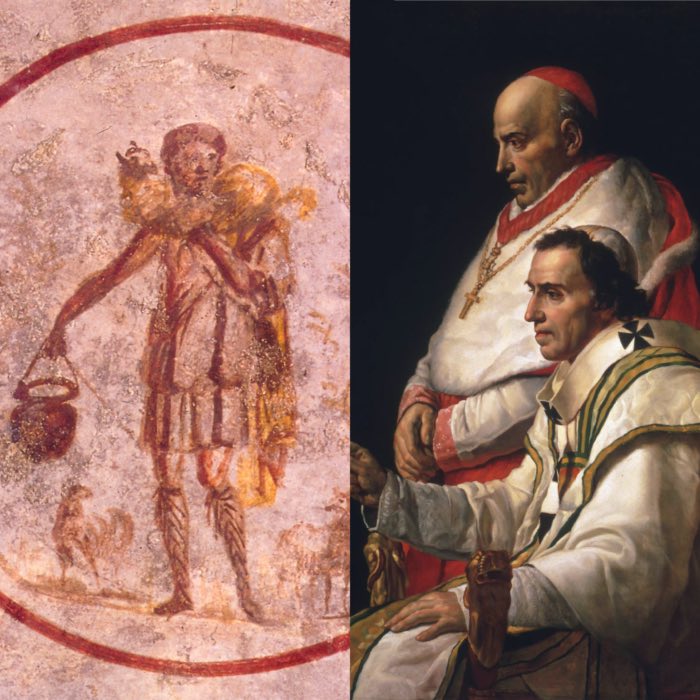
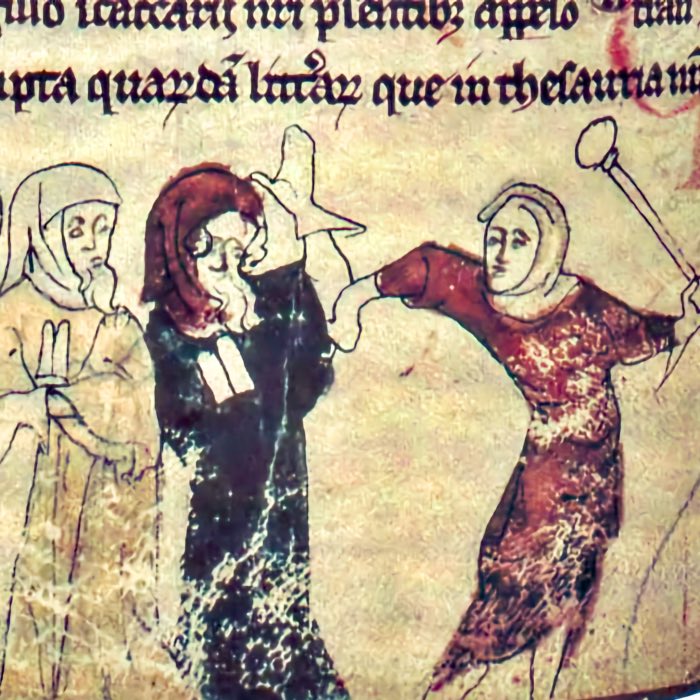
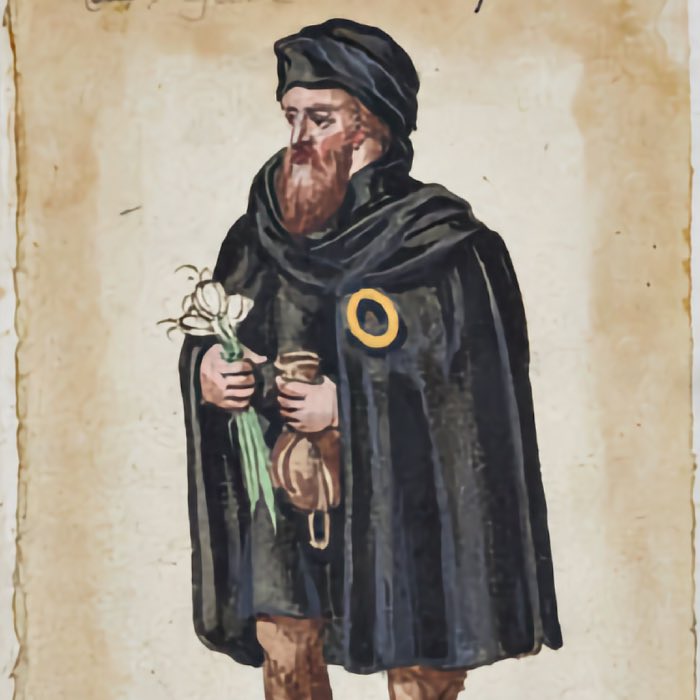


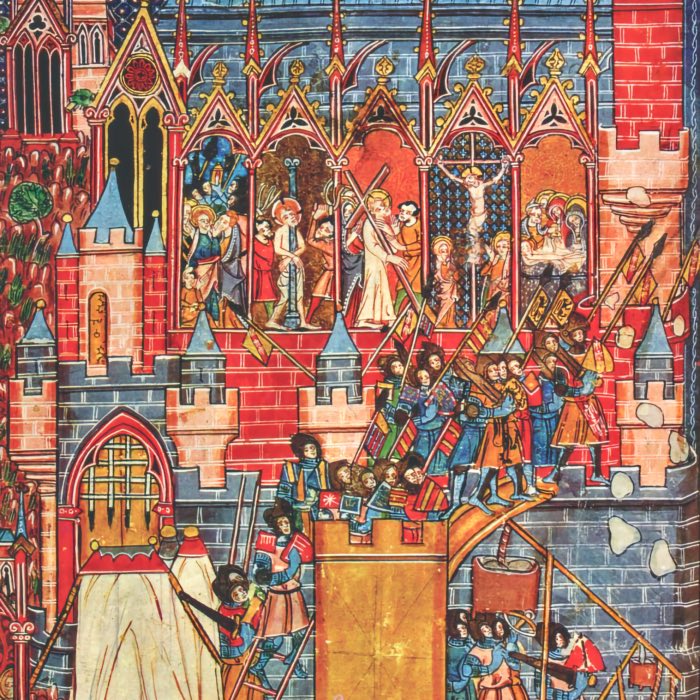
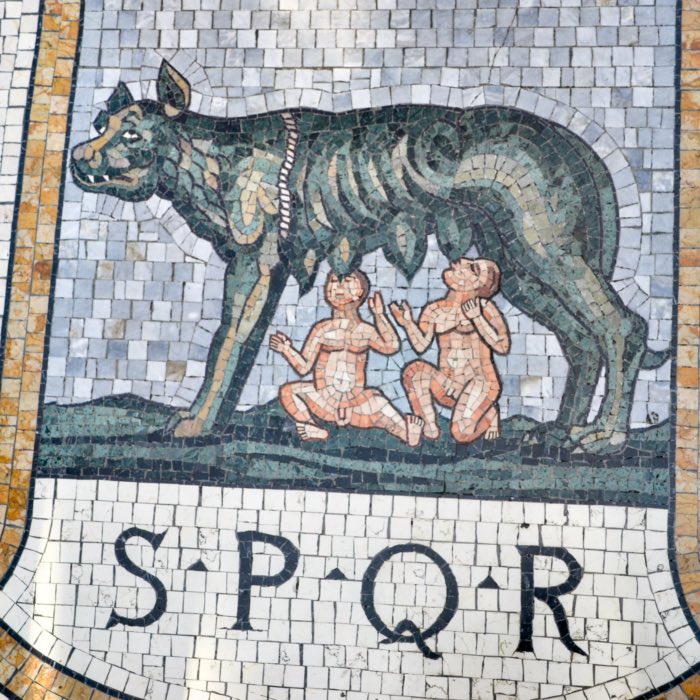
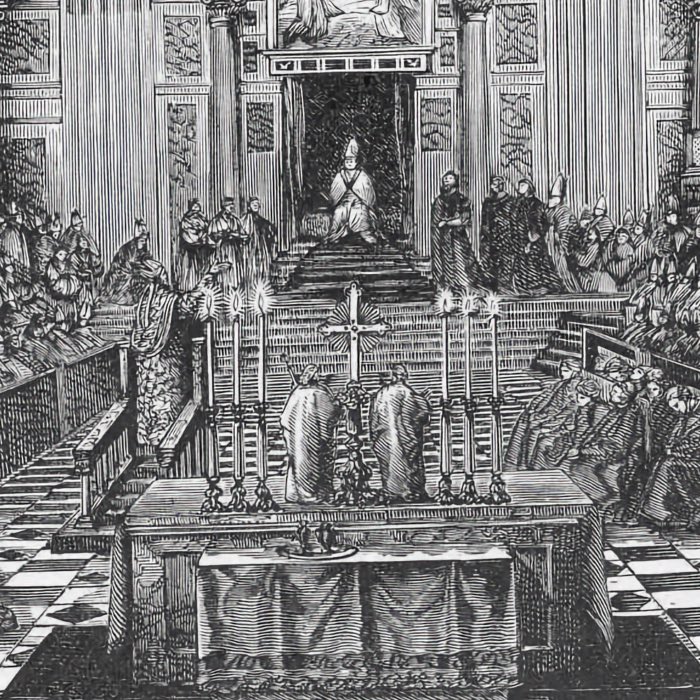
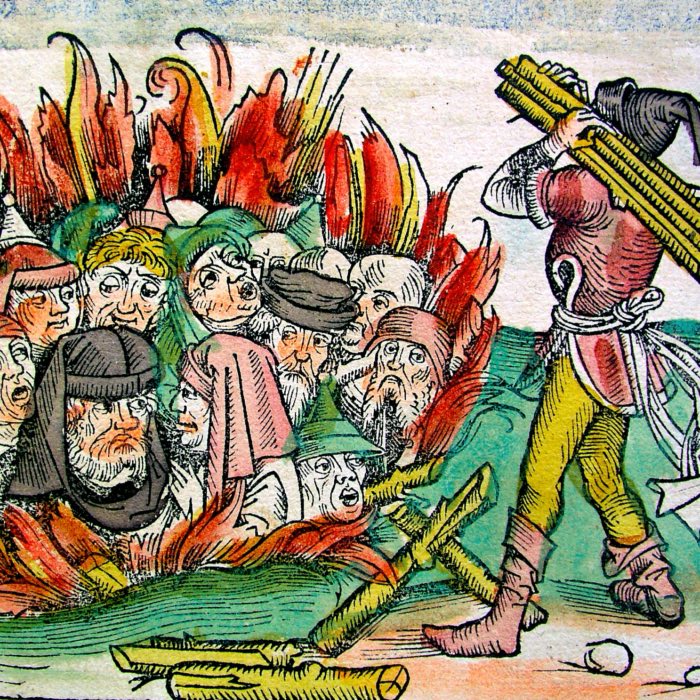
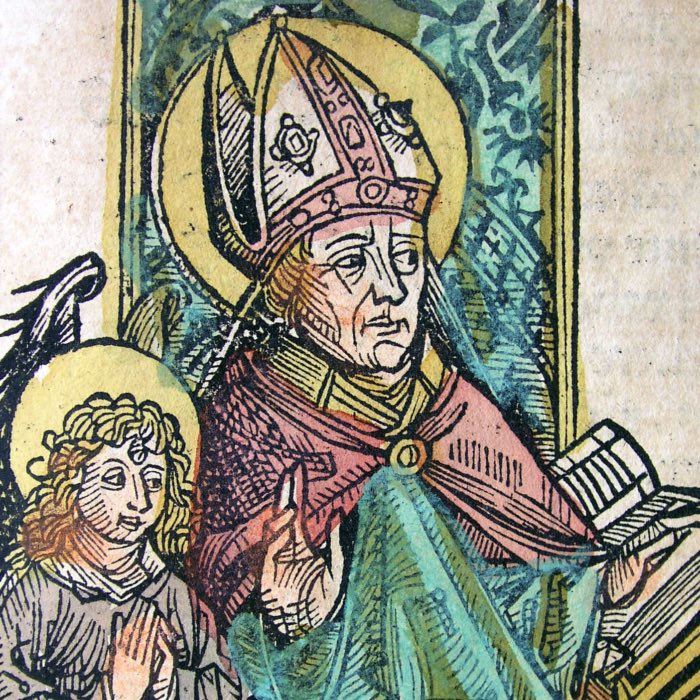


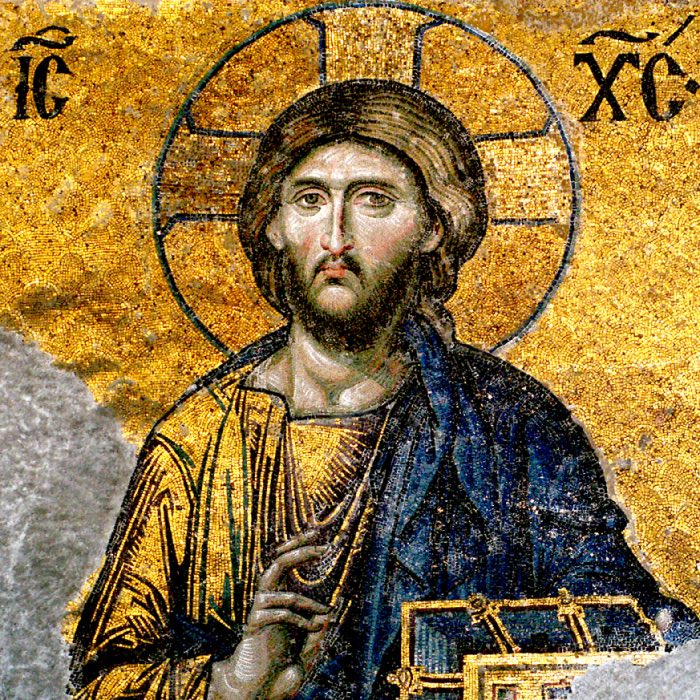

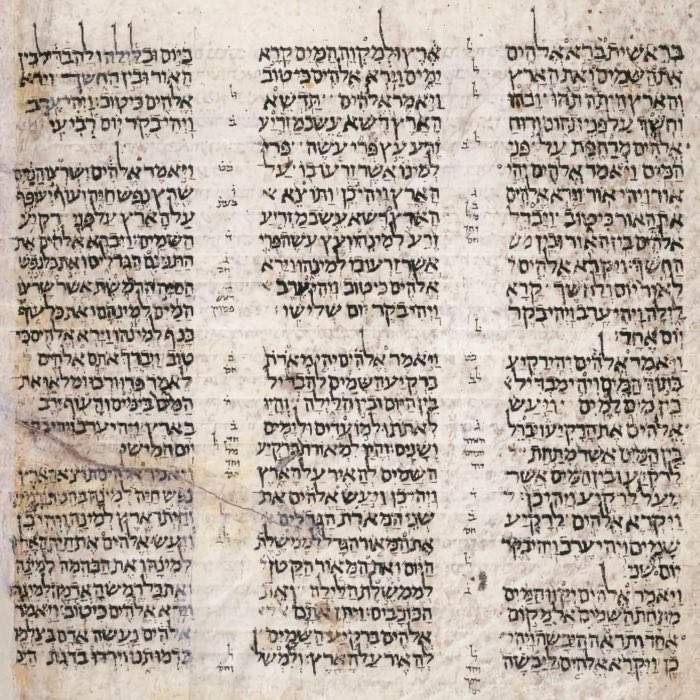
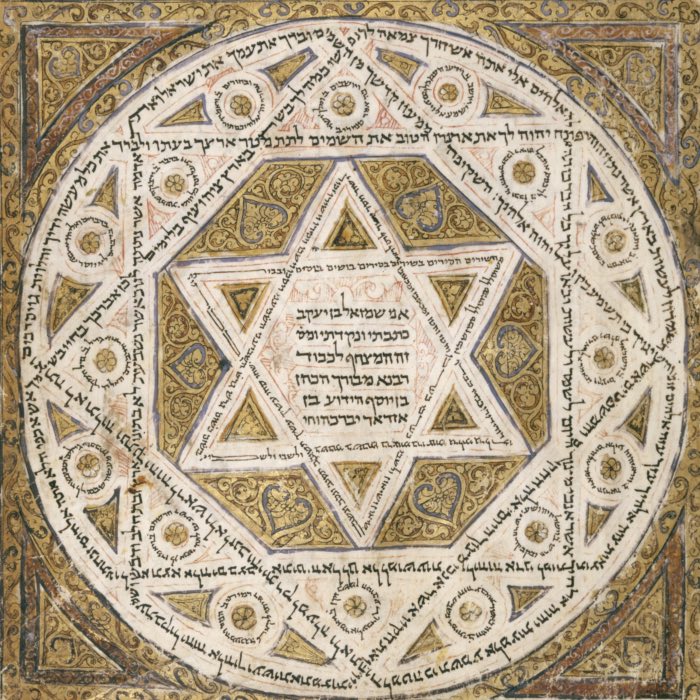
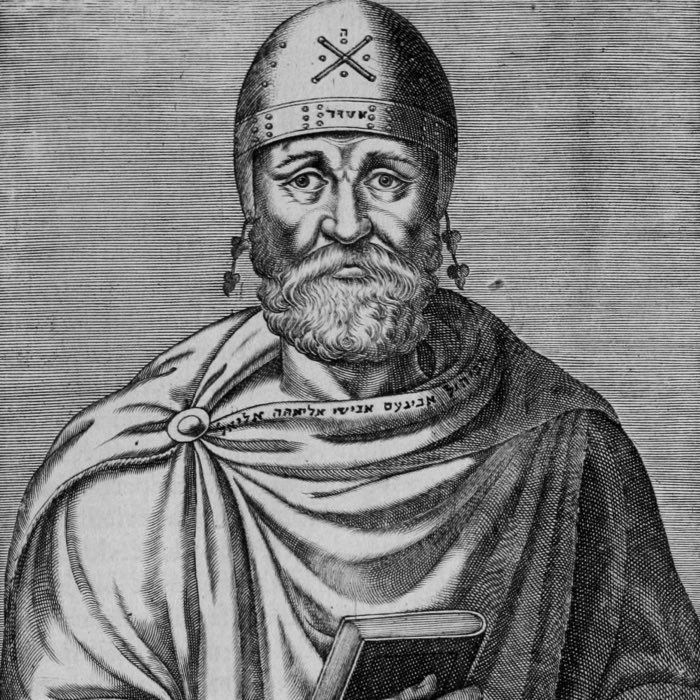


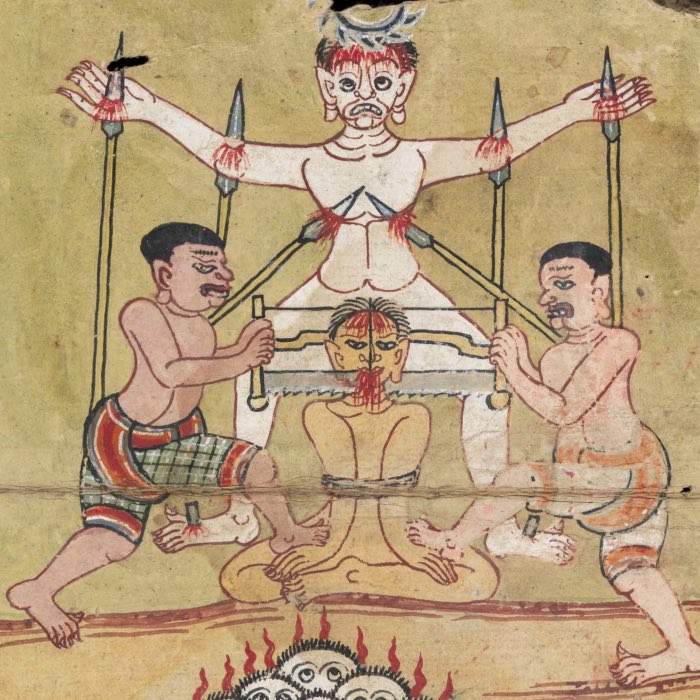




comments